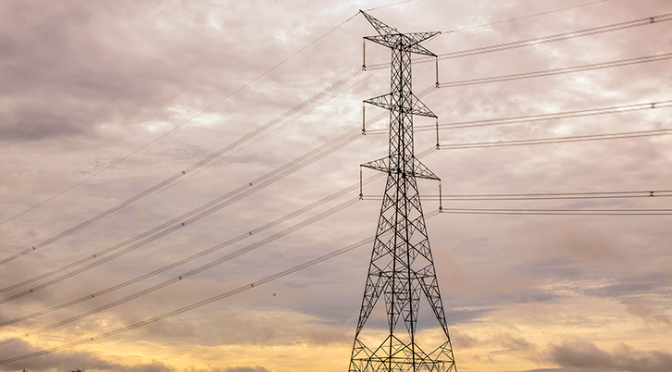Until February of this year, Brazil had installed 890 wind farms in 12 Brazilian states. There are 25.04 gigawatts (GW) of wind capacity in commercial operation, benefiting 108.7 million inhabitants.
Vestas leads the manufacture of wind turbines.
Of that total, 85% are in the Northeast Region. According to the Brazilian Association of Wind Energy (Abeeólica), by 2028 Brazil will have 44.78 GW of installed capacity of this type of energy, whose participation in the national matrix currently reaches 13.2%. Wind already represents 20% of the energy generation the country needs.
Last year, the sector broke a record of 4 GW installed and, for this year, the executive president of Abeeólica, Elbia Gannoum, hopes to reach a new record, surpassing that figure. “By the end of 2023, we will have 29 GW of installed capacity. That is our forecast in terms of power, and it is more than R$ 28 billion, because each gigawatt of wind installed is around R$ 7 billion,” Elbia said.
Another survey carried out by the entity shows the economic and social development generated by wind energy. In the Northeast, for example, the Gross Domestic Product (GDP) of the cities where the wind farms arrived grew by 21%, and the Human Development Index (IDH) also grew by 20% “due to the arrival of the wind farms” . Another significant fact is that for every real invested in wind energy, R$ 2.9 is returned to the economy.
Brazil occupies the sixth position in the world ranking in installed wind power capacity since 2021. According to Elbia, it is now more challenging for the country to surpass this mark and get closer to the first two, which are China and the United States. He considers it difficult to reach China, for example, that “Brazil grows almost a year in investment in energy.”
From 2011 to 2020, investments were made in the wind sector for US$ 35.8 billion. These resources generated R$ 321 billion in the Brazilian economy, of which R$ 110.5 billion were direct investments in the construction of wind farms. According to Abeeólica, for each megawatt installed, 10.7 jobs are created. In the period from 2011 to 2020, almost 190,000 jobs were created in the sector.
Of the 890 parks installed in the country, 130 projects have been financed by the National Bank for Economic and Social Development (BNDES) since 2005, totaling 18,654 MW. The financing granted by the bank reached R$ 52.170 billion, reported the institution. The companies invested R$ 94.4 billion in the period.
The president of Abeeólica reported that, in relation to the installation of offshore wind farms (at sea), a regulatory structure is being prepared in Brazil that will allow studies and projects to be carried out. “After this regulatory apparatus, we will have a transfer auction, and after that, we will begin to do the projects effectively. For this year we intend to have completely finished the regulation to be able to carry out the first auctions for the transfer of the use of the sea. It is similar to the oil sector, where there are area auctions, ”he explained.
He explained that, unlike onshore wind farms (on land), which have wind characteristics that stand out in the Northeast Region, in offshore wind farms, the presence of this type of wind occurs throughout the Brazilian coast. The determining factor is the infrastructure, because offshore plants depend a lot on the port and the industry, mainly. “These are larger ports that will house the manufacture of blades, towers and wind turbines.” The gondolas are compartments installed at the top of the towers that house the entire mechanism of the generator.
A study published in January of this year by Abeeólica identified the Pecém Complex, in Ceará; the Port of Açu, in the state of Rio de Janeiro; and the Port of Rio Grande, in Rio Grande do Sul, as the main ones in the country for marine park infrastructure.
house of the winds
This Monday (3), the BNDES announced the approval of financing, in the amount of R$ 907 million, for the company Casa dos Ventos to implement four wind farms in Rio Grande do Norte (Ventos de Santa Luzia 11, 12 and 13 and Ventos de Santo Antonio 1). With a total installed capacity of 202.5 MW, the projects will form the Umari Wind Complex, located in the municipalities of Monte das Gameleiras, São José do Campestre and Serra de São Bento. The BNDES financing corresponds to 69% of the total planned investment of R$ 1.315 billion.


